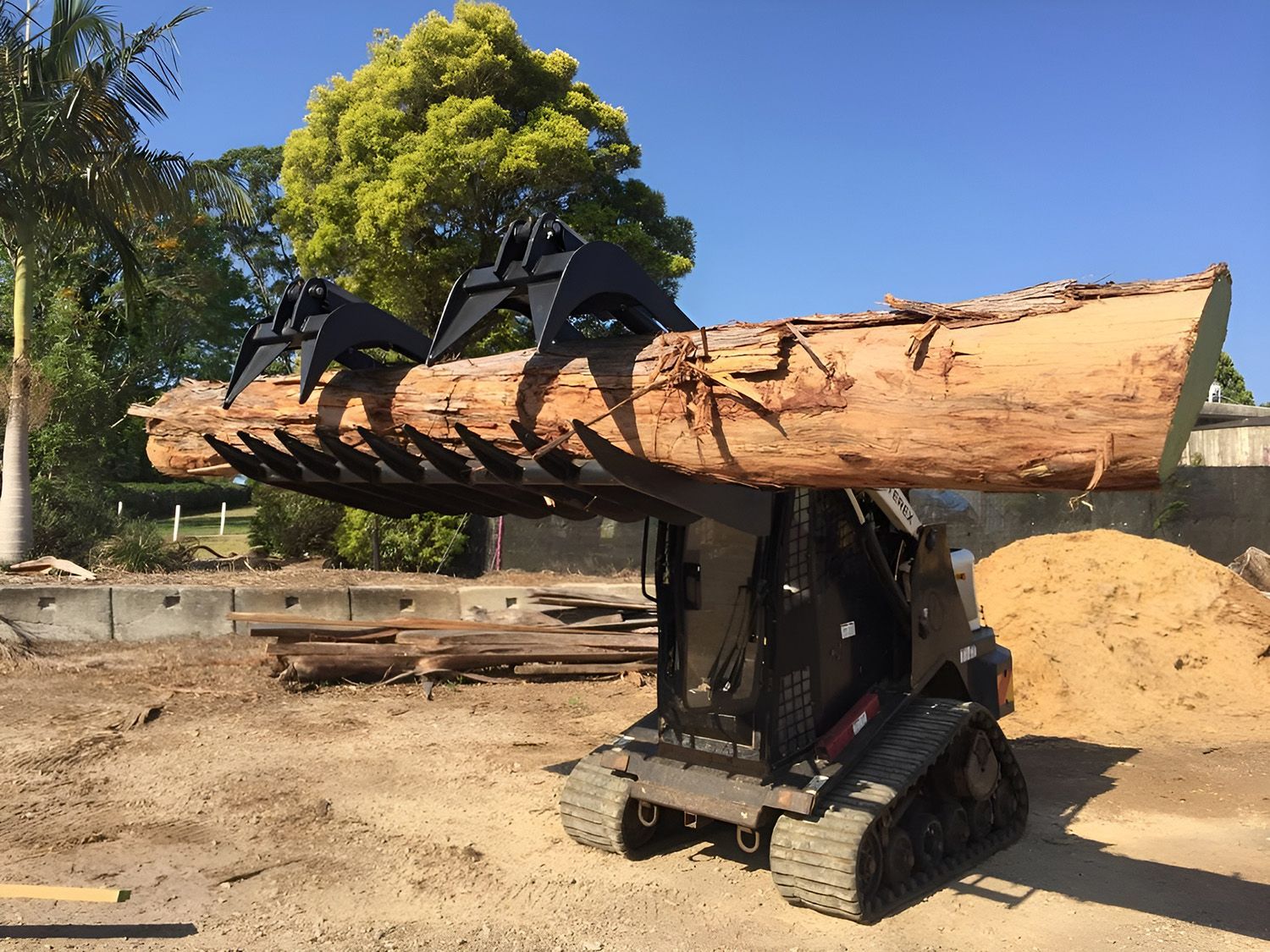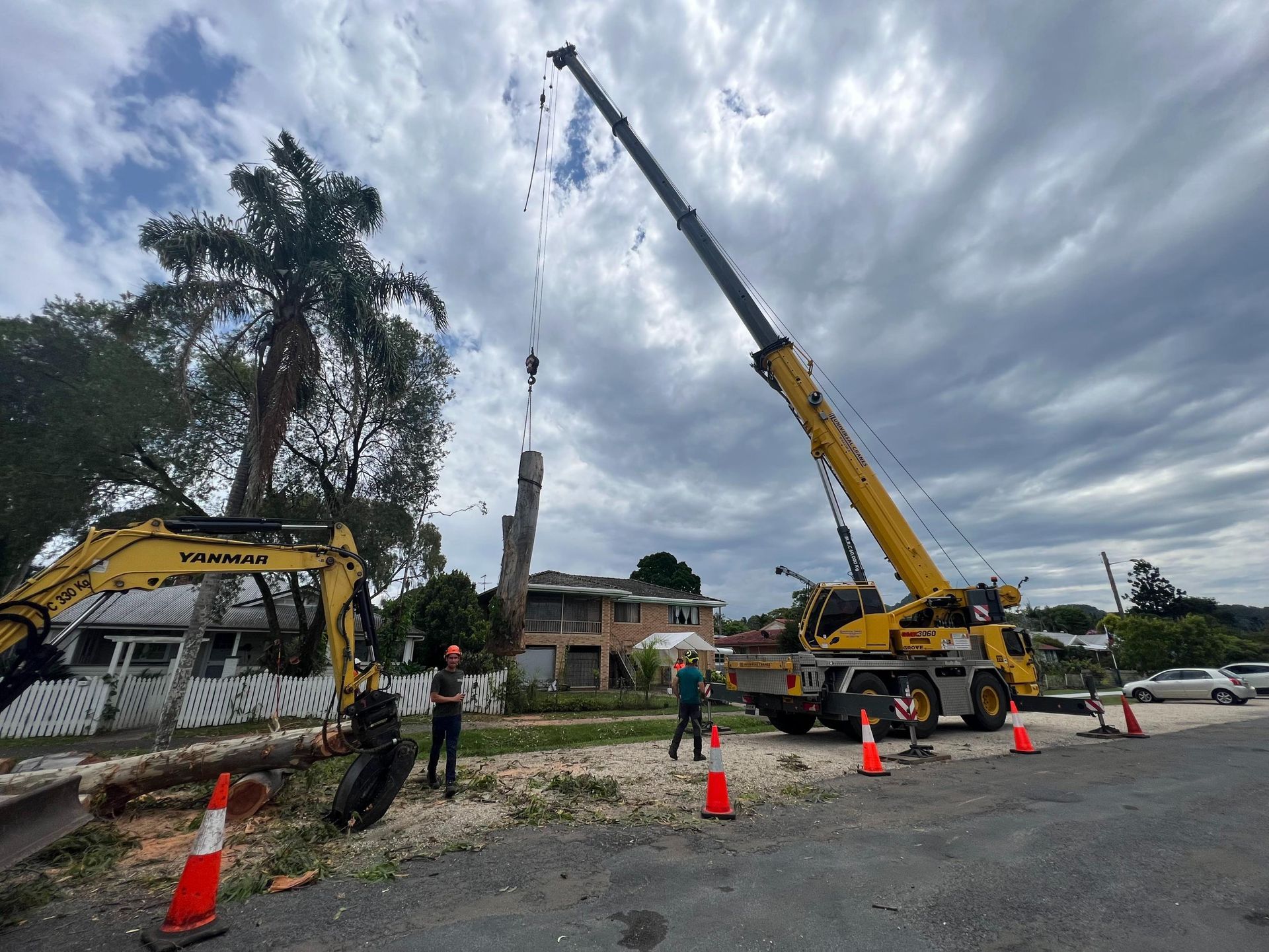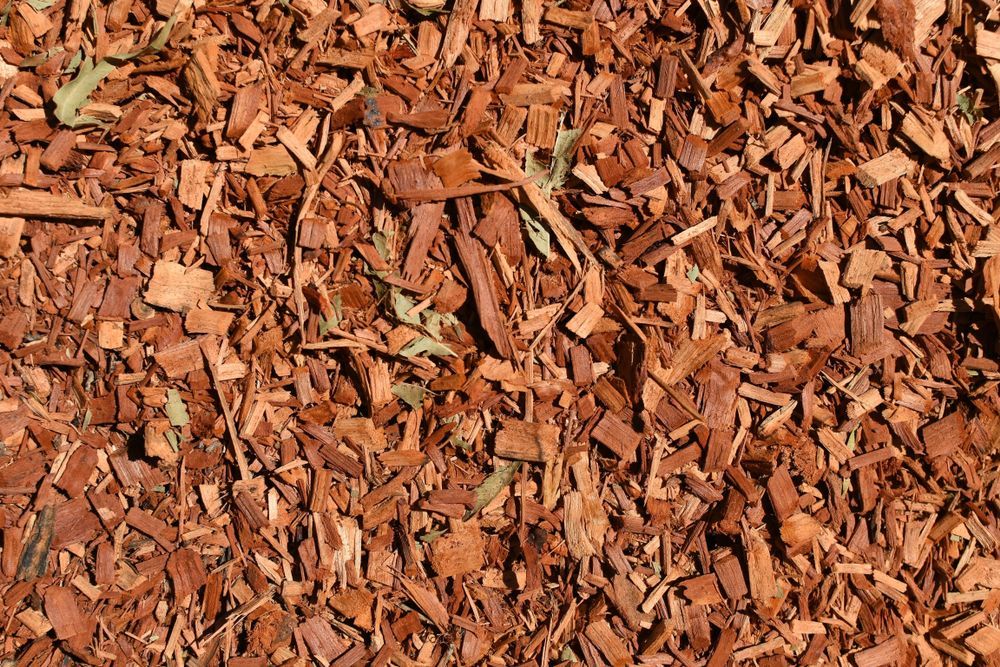7 Questions to Ask Your Arborist About Your Trees
Understanding your trees and ensuring their health and safety can be a complex task. Consulting with an arborist is an essential step in the right direction, but it's important to ask the right questions to gain valuable insights and make informed decisions about tree care. This article outlines the vital questions you should consider asking your arborist regarding the well-being and management of your trees. Trees are invaluable resources, providing shade, enhancing aesthetic appeal and playing crucial roles in local ecosystems. The guidance of a knowledgeable arborist can help you optimise these benefits and address any concerns effectively.
1. Ask About Pruning and Maintenance Methods
Pruning promotes strong growth and prevents dangerous limb overgrowth. When speaking with your arborist, ask about the specific pruning methods they use and how they adapt techniques depending on tree species and condition. A professional understands how improper pruning can harm a tree’s health or structure, so it’s important to have clarity on their approach.
You should also ask how often pruning should occur. Some trees benefit from annual pruning, while others require attention less frequently. An arborist will consider species, age and tree goals when creating a schedule. Pruning too often can stunt growth, while not pruning enough can lead to safety risks. A balanced plan supports both beauty and safety.
Tools play a key role in maintaining tree health. Ask your arborist about the equipment they use and how it's suited to each task. For example, power saws may be used on large limbs while hand pruners are ideal for fine shaping. Understanding the tools gives you a better appreciation for the precision involved and may even inform your own efforts if you choose to do light maintenance between visits.
2. Explore Soil and Root Conditions
The health of your trees is deeply connected to what’s happening beneath the surface. Soil quality affects root development and nutrient uptake, so it's critical to ask your arborist how they assess soil conditions. You’ll want to understand factors like pH balance, compaction and drainage. Well-balanced soil supports strong, resilient growth.
Roots are equally important. An arborist will look for symptoms of damage such as leaning trunks, small leaves or exposed roots. These issues can point to compaction or root rot, which hinder the tree's ability to absorb water and nutrients. With the help of an arborist, you can catch root issues early and implement corrective action.
Compacted soil is a common concern. It limits oxygen flow and prevents healthy root expansion. Your arborist may suggest aeration or mulching to loosen the soil and improve water penetration. Since trees like oaks can grow up to 15 metres tall, according to Scale of the Universe, establishing a healthy root zone is essential to support that impressive height and long-term growth.
3. Identify and Manage Pests and Diseases
Understanding which pests and diseases are common in your region is crucial. Ask your arborist about the threats local trees face and how to recognise them. For example, fungal diseases may show up as unusual growths on bark, while insect damage could appear as holes in leaves or missing bark sections. This knowledge gives you a head start in protecting your trees.
Treatment is another important area to discuss. Arborists often use environmentally friendly solutions, especially when beneficial insects are present. Ask whether your arborist uses natural treatments or chemicals, and how they balance tree health with environmental protection. Their recommendations should align with your values and your property’s unique needs.
Climate plays a significant role in disease and pest cycles. Fluctuations in rainfall or temperature can trigger outbreaks or weaken tree defences. Your arborist can help you adjust care practices seasonally to prevent damage before it occurs. Staying in step with changing conditions is key to a responsive and effective tree care plan.
4. Discuss Safety and Risk Management
Safety should always be a priority when it comes to large or ageing trees. An arborist can assess structural integrity by inspecting branches, roots and the surrounding area. Ask how they identify risks and what signs you should look for between inspections. Issues like hollow trunks, dead limbs or root lifting may indicate a tree is unstable.
There are several ways to mitigate tree hazards, and your arborist will be able to recommend suitable strategies. These might include pruning, bracing or removing dangerous limbs. Understanding each approach helps you weigh the risks and benefits of action versus monitoring. The aim is always to preserve the tree where possible while protecting people and property.
Routine risk assessments are essential, especially after major storms or during growth spurts. You should also ask your arborist how often these evaluations should occur. Legal responsibilities might require action to avoid injury or property damage. With proper documentation and regular assessments, you’ll ensure that your trees are an asset, not a liability.
5. Learn About Planting and Tree Selection
If you're considering planting new trees, ask your arborist which species are best suited to your location. Soil, climate and available space all play a role in long-term success. An experienced arborist will recommend species that thrive locally and meet your aesthetic and functional goals, whether that’s shade, wind protection or visual appeal.
Native trees offer many benefits and should be part of the conversation. These species are adapted to local conditions and support biodiversity by providing food and habitat for native wildlife. Ask your arborist which native trees are suitable for your landscape. Their advice can help you build a sustainable and low-maintenance garden.
Establishment care is just as important as the initial planting. Young trees need watering, protection and monitoring during their early years. Ask your arborist what to expect and how to give your new trees the best start. This guidance ensures they grow strong roots and healthy canopies, becoming valuable assets to your outdoor space for decades to come.
6. Understand Emergency Services and Insurance
Storm damage or unexpected tree falls can pose immediate dangers. Ask your arborist if they offer emergency services and what response times you can expect. A reliable arborist will have protocols in place for prompt action, reducing the chance of further damage or injury. Understanding their emergency process brings peace of mind.
It’s also important to confirm whether your arborist carries proper insurance. Professional liability and public indemnity cover protect both parties in case of accidents or damage. Don’t be afraid to request documentation—qualified arborists will gladly provide proof of their credentials. This transparency ensures you’re working with someone you can trust.
7. Ask About Sustainability and Long-Term Planning
Trees are long-term investments, so it’s wise to discuss future-proofing with your arborist. Ask how to plan for changes such as property development or tree ageing. An arborist can help you anticipate how trees will grow, spread or impact nearby structures. This foresight avoids costly mistakes or unnecessary removals later.
Sustainability is another key theme. Responsible arborists focus on enhancing tree longevity while maintaining ecological balance. Ask how their services align with sustainability goals—this might include using biodegradable products, recycling tree waste or selecting drought-resistant species. Choosing an arborist with these values supports broader environmental stewardship.
Finally, consider how your trees fit into your overall property vision. Your arborist can advise on how to integrate tree care into your garden design, property value planning or even bushfire readiness strategies. Collaborating on a long-term plan ensures your trees stay strong, safe and beautifully maintained over the years.
Trees bring value, beauty and environmental benefit to any property, but maintaining them properly requires expert knowledge and a proactive mindset. Working with a qualified
arborist ensures that every decision—from planting and pruning to risk assessment and pest control—is rooted in experience and care. Asking the right questions opens up a valuable dialogue, giving you the insight needed to nurture healthy, thriving trees.
If you’re ready to get expert guidance and reliable care, reach out to Tallow Tree Services today. Our certified arborists are here to help you make the best choices for your trees and your future. Let’s grow something great together.







